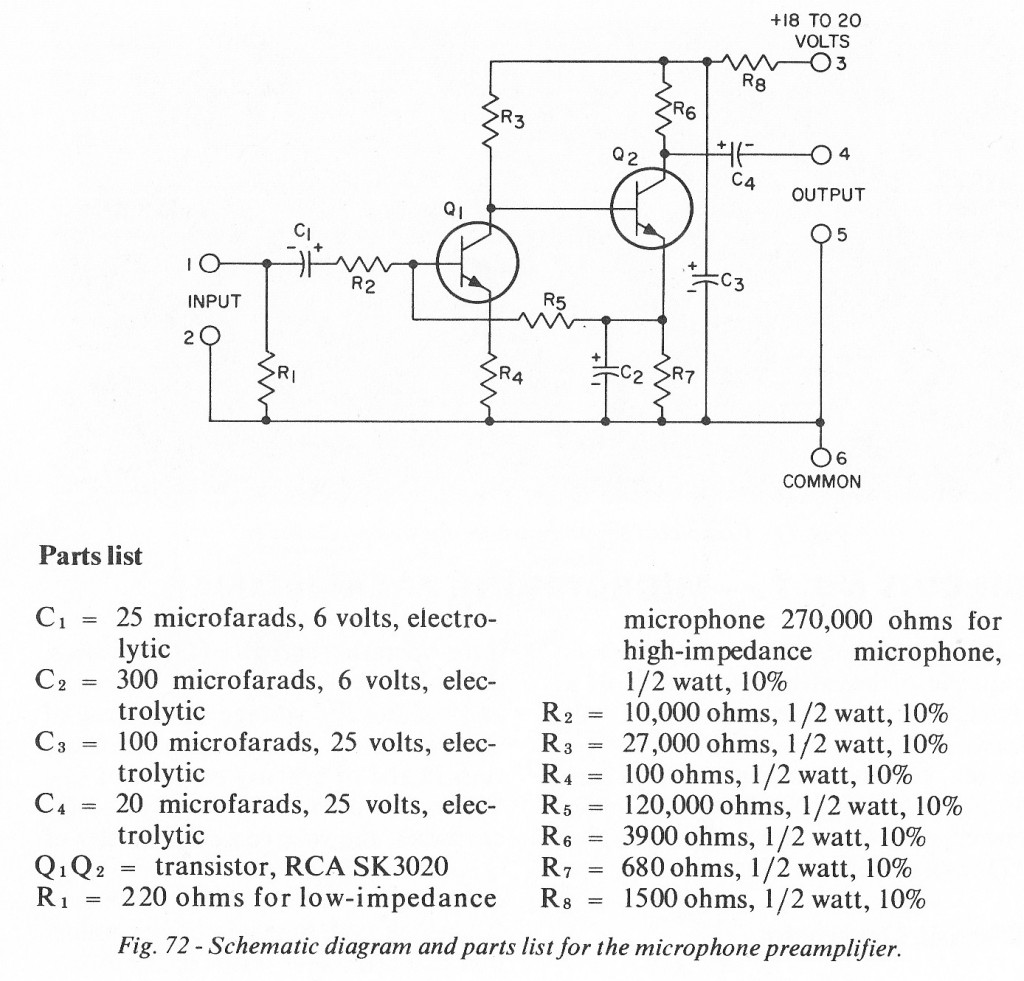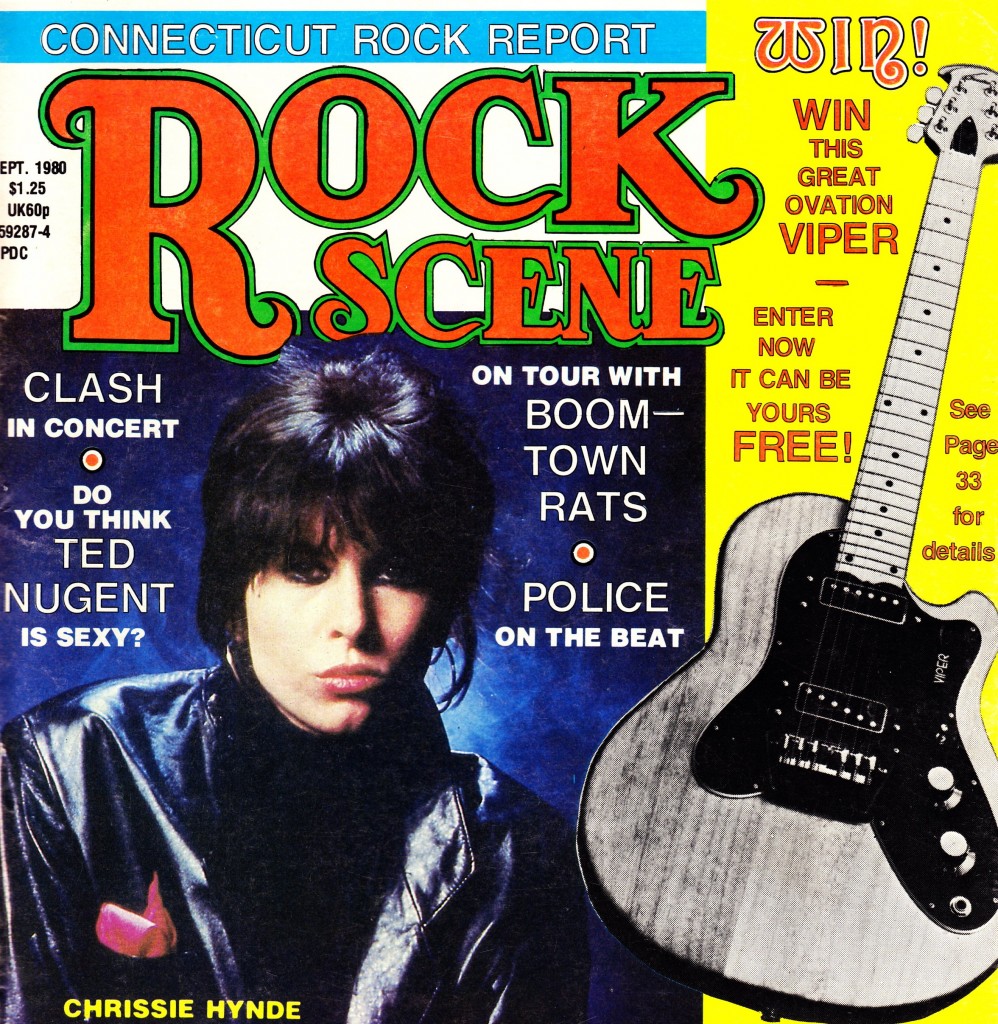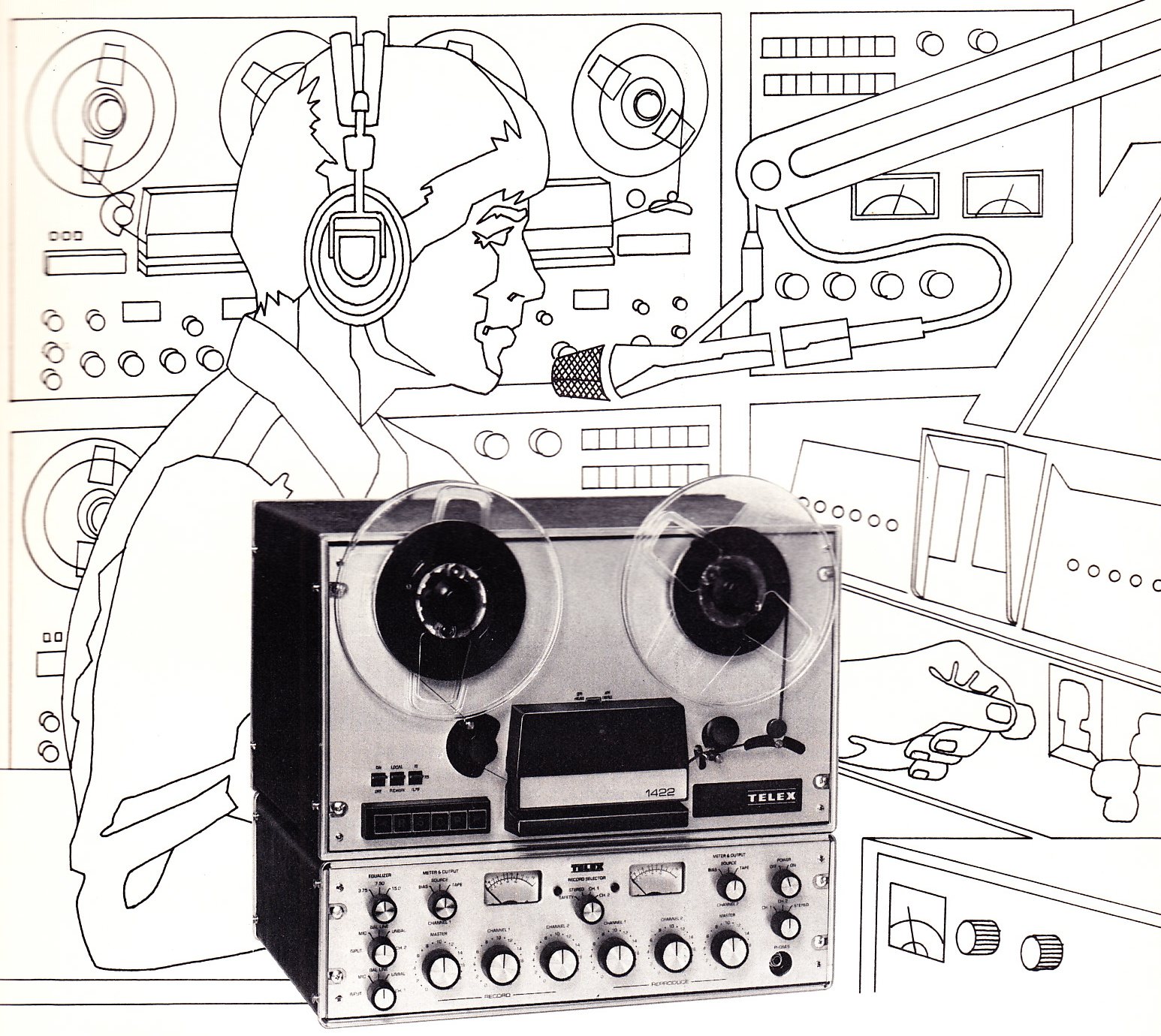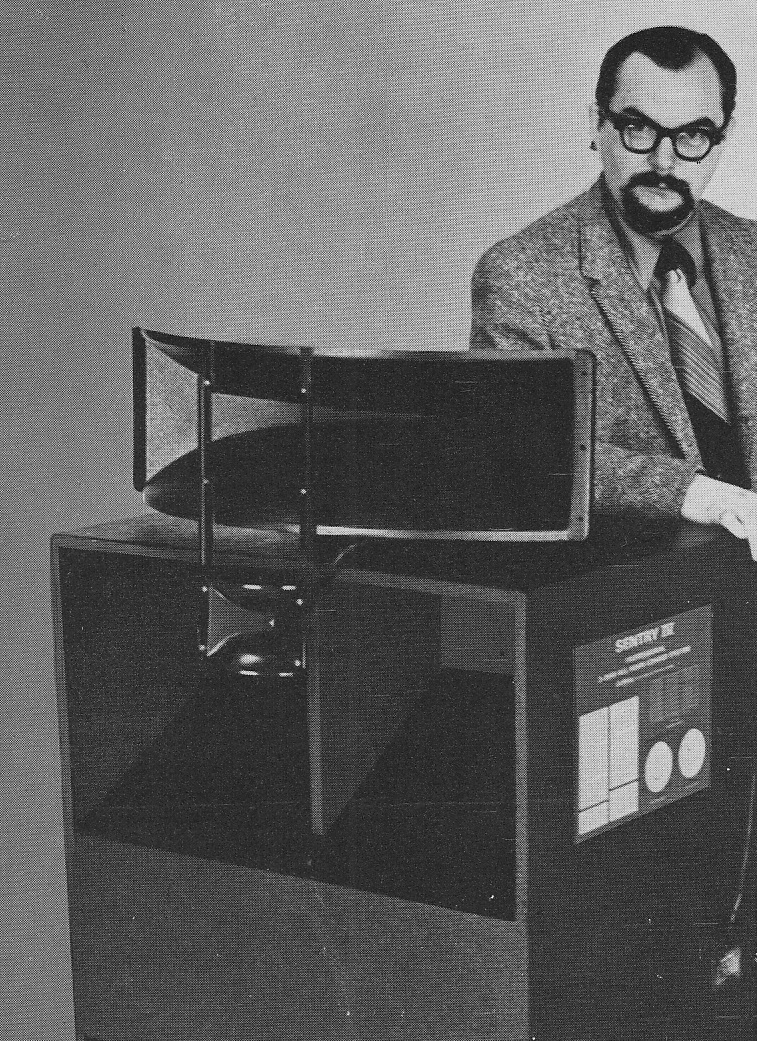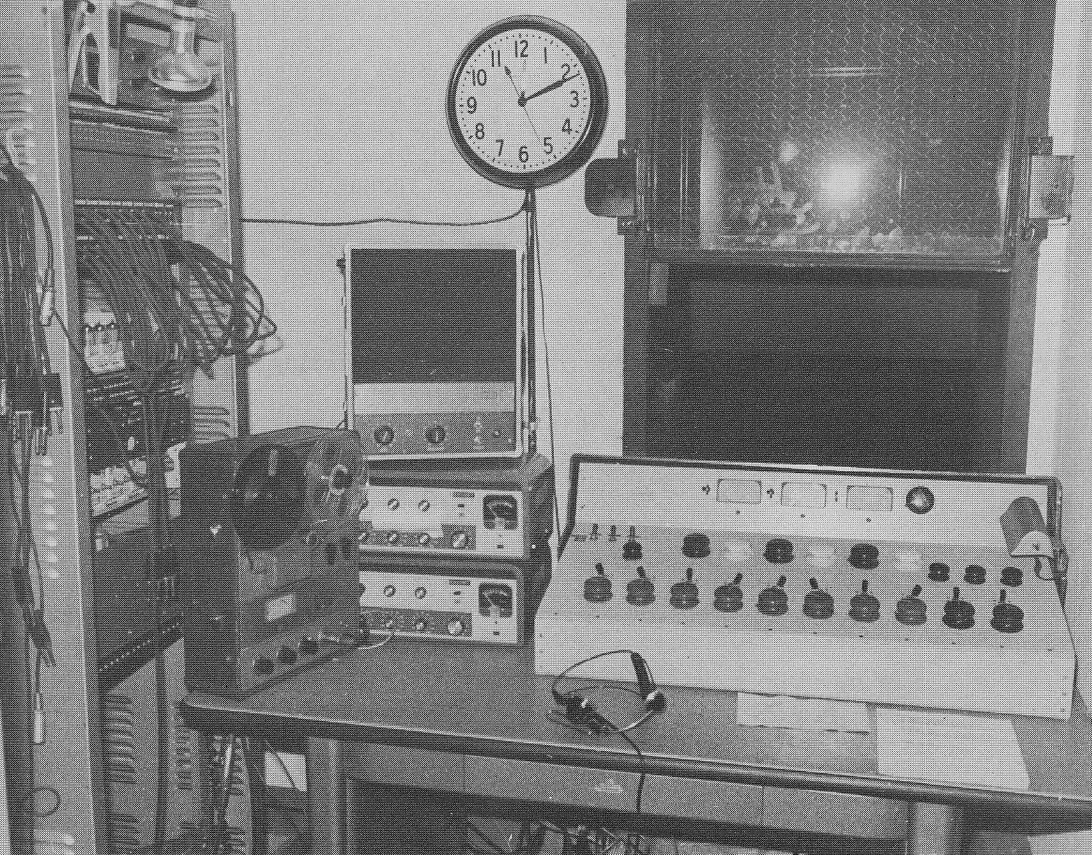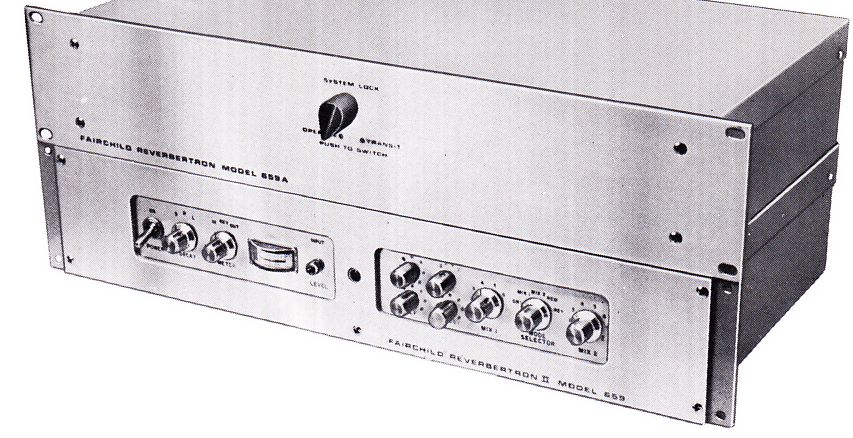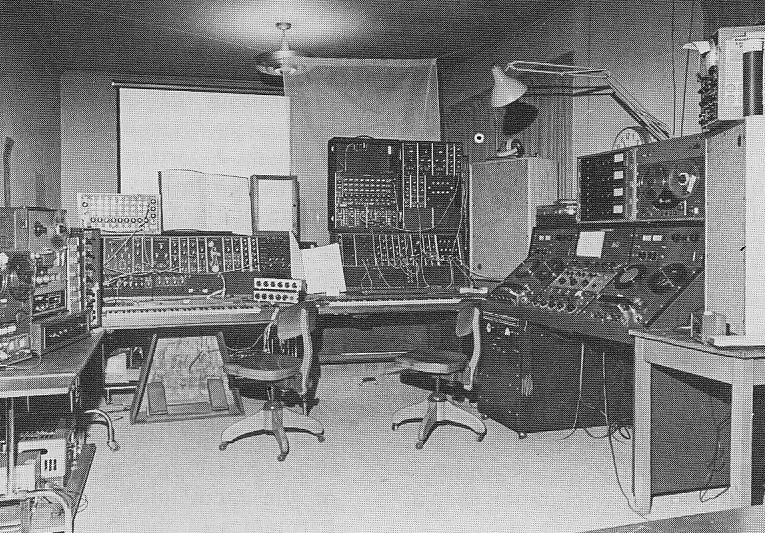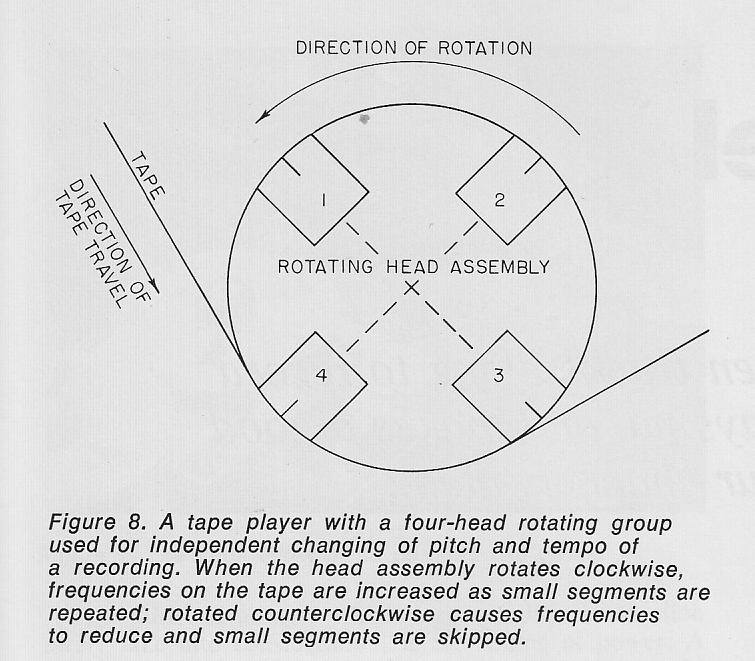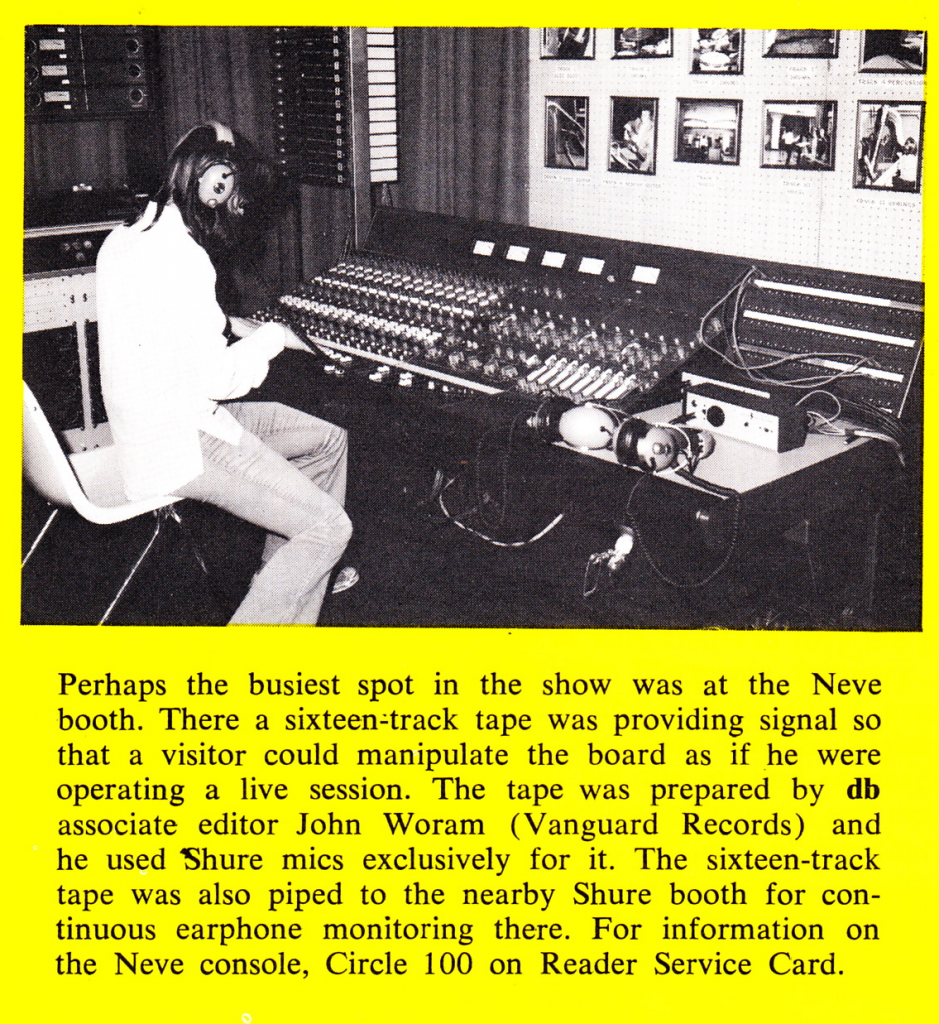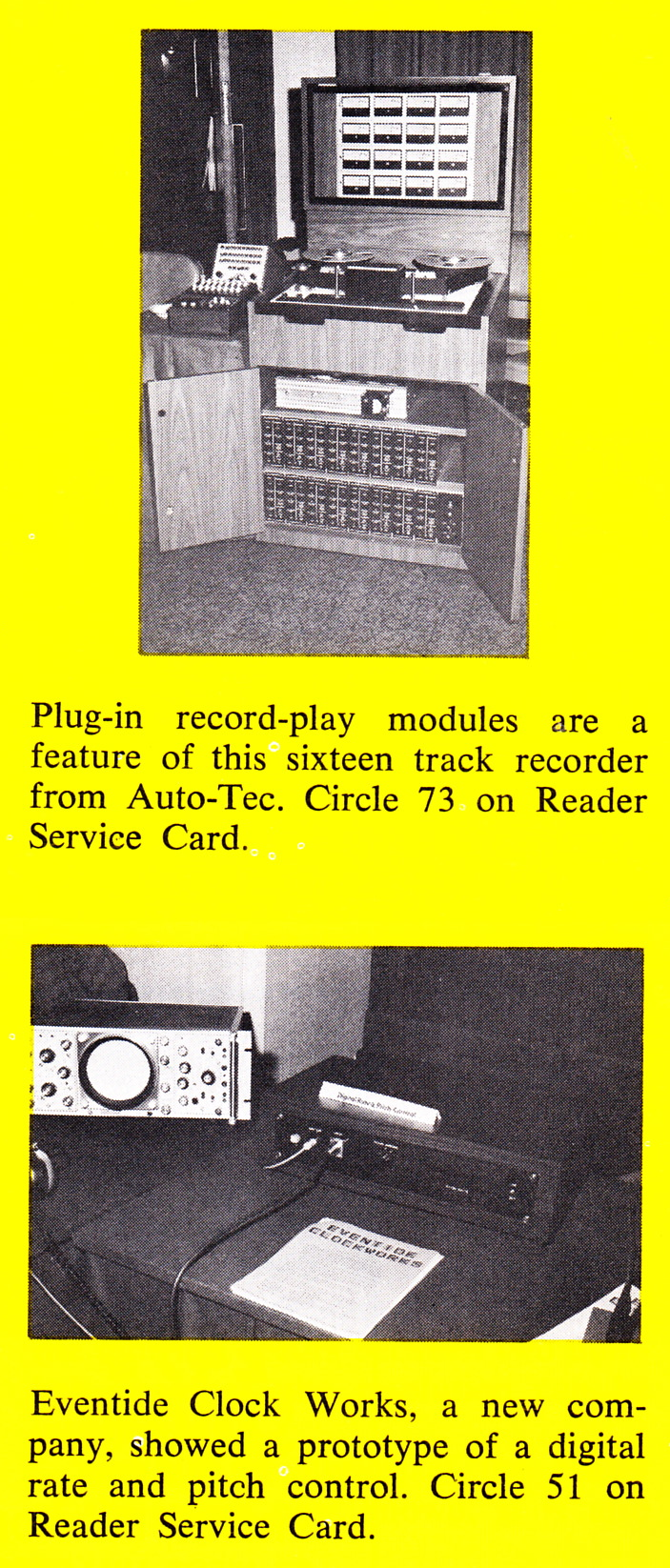 I’d never been particularly interested in learning solid state electronics. There just didn’t seem much point; considering that you can buy a 4-channel Sytek mic preamp for $900, there just ain’t much to motivate anyone to DIY ss kit. Tube stuff is another matter – it’s a different sound, and well-made ‘real’ high-plate-voltage, transformer i/0 tube gear is super-expensive. So I learned to make the tube gear both for my own studio and as a way to make some add’l income by custom-building for other engineers.
I’d never been particularly interested in learning solid state electronics. There just didn’t seem much point; considering that you can buy a 4-channel Sytek mic preamp for $900, there just ain’t much to motivate anyone to DIY ss kit. Tube stuff is another matter – it’s a different sound, and well-made ‘real’ high-plate-voltage, transformer i/0 tube gear is super-expensive. So I learned to make the tube gear both for my own studio and as a way to make some add’l income by custom-building for other engineers.
All that being said, there is an undeniable appeal to be able to build something useful that doesn’t require a heater circuit and the attendant 60-cycle-hum battles that come from those hi-current windings. Solid state is just easier, which is prolly why it has won-out in the world of consumer electronics, if not necessarily in the pro-audio world. In my endless diggin for ancient tubes and transformers and bakelite meters I invariably come across stashes of ole germanium and silicon transistors, and I recently decided to take the plunge and try and cross this bridge once and for all. Cos I can talk tubes and tube audio circuits up+down, but frankly I don’t know shit abt solid-state and maybe it’s time I learned.
DOWNLOAD THREE CIRCUITS FROM RCA HM-80:RCA_SS_Hobby_1968
The old RCA Tube Manuals have always been my primary source of information for my tube-audio builds and experiments. The circuits that they recommend are the most solid, reliable, and practical that you will ever find. I trust them implicitly. And why not? After all, this was the company that made the tubes themselves! So when I decided to try and get into SS, I started with the RCA Solid-State Hobby Circuits Manual. In the scan above you will find a mic preamp, a line-level compressor, and a fuzz pedal. I’ll be building all three eventually and I will LYK how it goes. In the meantime, if any of y’all beat me to it, drop us a line and report back,,,
